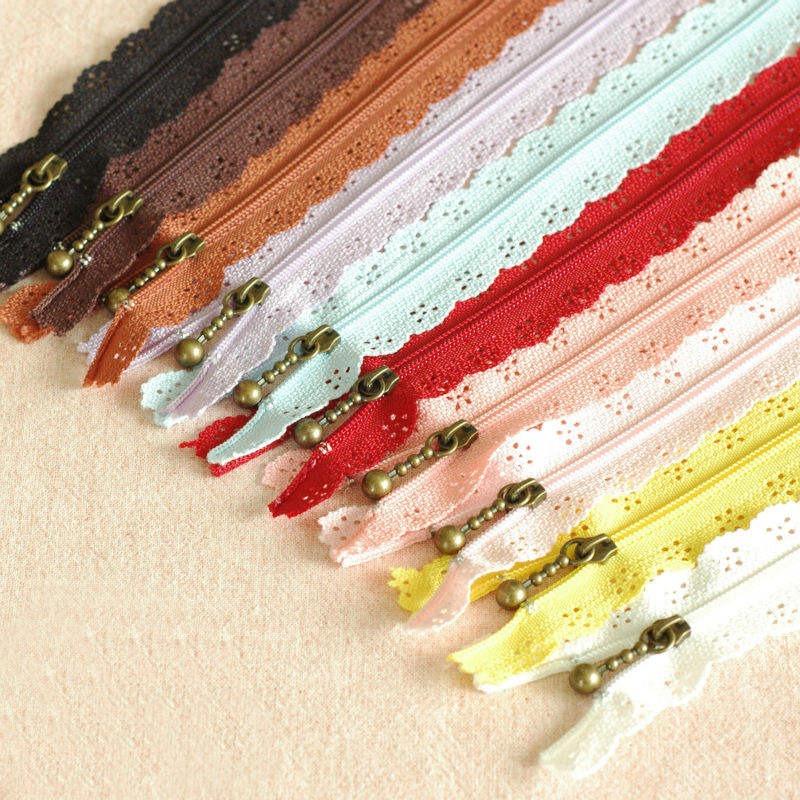A smooth-sliding zipper is essential for the functionality and usability of various products, including apparel, bags, and accessories. The ease with which a zipper glides can greatly impact the user experience and perception of quality. In this article, we will explore the factors that contribute to a zipper sliding better. With a particular focus on custom zippers, we will delve into the key elements that enhance zipper performance, providing valuable insights into creating zippers that offer optimal functionality and user satisfaction.
1. Quality Materials
The quality of materials used in zipper construction plays a pivotal role in ensuring smooth sliding. The zipper tape, teeth, and slider components should be made from durable and low-friction materials. High-quality materials minimize friction and resistance, allowing the zipper to glide effortlessly. Custom zippers can be manufactured using premium materials that offer enhanced performance and durability, resulting in a smoother sliding experience.
2. Lubrication
Proper lubrication is crucial for zipper functionality. Lubricants reduce friction between the zipper components, allowing for smoother sliding. Manufacturers often apply lubricants during the production process to ensure initial smoothness. However, over time, lubrication may wear off. Custom zippers can be treated with long-lasting lubricants or coatings that provide sustained smooth sliding throughout the product's lifespan.

3. Zipper Teeth Alignment
The alignment of zipper teeth is critical for smooth sliding. Misaligned teeth can cause jams, snags, and resistance when opening or closing the zipper. Manufacturers must ensure precise alignment during the production process to maintain optimal performance. Custom zippers can be carefully crafted to ensure accurate alignment, minimizing the risk of zipper malfunctions and enhancing sliding ease.
4. Slider Design and Quality
The design and quality of the slider greatly impact zipper performance. The slider should fit snugly on the zipper teeth, allowing for smooth movement without being too loose or too tight. Custom zippers offer the opportunity for slider customization, allowing for the selection of high-quality sliders that are specifically tailored to the product's requirements. Well-designed sliders with smooth edges and precise functionality contribute to superior sliding performance.
5. Proper Zipper Maintenance
Regular maintenance is essential for preserving zipper performance. Over time, dirt, debris, and lint can accumulate in the zipper components, affecting smooth sliding. It is important to keep zippers clean and free from obstructions. Custom zippers can be accompanied by maintenance guidelines, educating users on proper care and cleaning techniques. Additionally, providing customers with cleaning tools or accessories specific to the zipper type can help maintain optimal performance.
6. Correct Zipper Sizing
Choosing the correct zipper size is crucial for smooth sliding. A zipper that is too small or too large for the fabric or product may result in stiffness, resistance, or misalignment. Custom zippers allow for precise sizing based on the specific requirements of the product, ensuring an ideal fit and enhanced sliding performance.
7. User Technique and Awareness
The technique employed by the user also influences zipper sliding. Pulling the zipper straight and evenly, without excessive force or angling, promotes smooth sliding. Educating users on proper zipper usage can enhance their awareness and contribute to a better sliding experience. Custom zippers can be accompanied by user instructions or care guides, offering guidance on the correct way to operate and maintain the zipper.
Achieving a smooth-sliding zipper is a result of various factors, including the use of high-quality materials, proper lubrication, zipper teeth alignment, slider design and quality, regular maintenance, correct sizing, and user technique. Custom zippers offer an opportunity to optimize these factors, thereby enhancing zipper performance and the overall user experience. Manufacturers can select premium materials, incorporate long-lasting lubricants, customize slider designs, and provide maintenance guidelines specific to the zipper type. By focusing on these elements, designers and manufacturers can create custom zippers that effortlessly glide, ensuring customer satisfaction and a reputation for quality and functionality.


